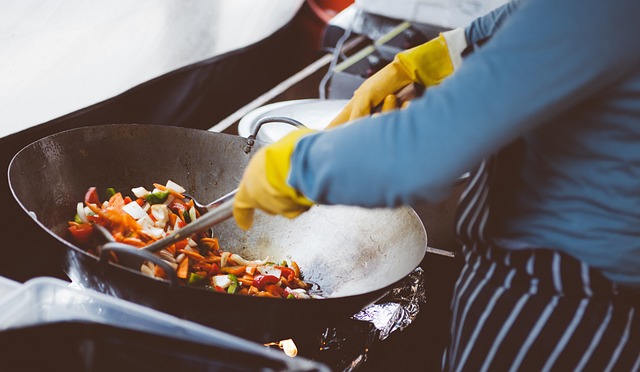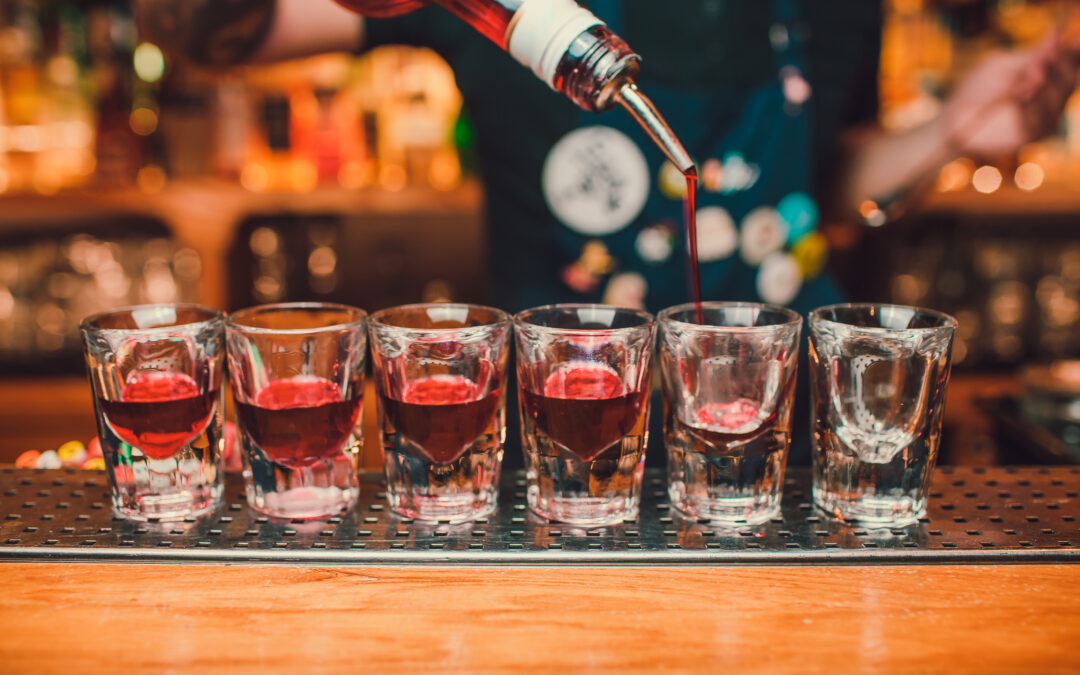You might be wondering what there is to know about food and recreational water inspections. Most restaurants and public water areas need to follow specific guidelines to ensure safety, which means you’ll likely experience an inspection at some point. Customers tend to only go to places with a ServSafe certification since these businesses are able to sufficiently pass inspection, which provides peace of mind to the people who dine there. Likewise, recreational water areas that have safety procedures in place will see more customers. Since safety should be your highest priority as a restaurant or public water area owner, let’s learn more about these types of inspections.
What Are Food and Recreational Water Inspections?
In 2019, experts from five inspection agencies visited various restaurants and public water areas to provide recommendations and guidelines for the best safety practices. The CDC and the Public Health Informatics Institute got together to share this data with the public and make it available online. In this way, a locale will have the information needed to ensure that the public is always safe from risks. When you have a recreational space with people eating your food or swimming in your water, you must check that everything follows these guidelines. For example, According to the University of Minnesota, food needs to cool within two hours, which is the most crucial time when microorganisms grow. If it doesn’t sufficiently cool in that time, then it needs to be reheated or thrown away. Inspection guidelines will ensure that this information is public so that the process is adequately followed.
What Are the Five Inspection Agencies?
The five inspection agencies are in Georgia, Virginia, Maryland, Southern Nevada, and Riverside County, California. The first three are state agencies, while the others are local. They conducted inspections of food and recreational water establishments to determine what safety practices ae best.
These agencies also check up to 36,000 locations and hold approximately 80,000 inspections yearly in terms of food. Meanwhile, they surveyed around 8,500 locations and held up to 9,700 reviews for recreational water places. All of the information they collected on these establishments can be found online. With that knowledge, an entertainment spot serving food and providing recreational water can decide how to best ensure the safety of its customers. Most of the time, it’s best to get a ServSafe certification when serving food.
What Is the Focus of These Inspections?
Food inspections focus on the five risk factors that can lead to illnesses: poor personal hygiene, eating from dirty places, contamination, incorrect keeping time and temperature, and incorrect cooking temperatures and methods. Meanwhile, the focus of water inspections considers health hazards, location safety, and water composition.
Now that you know about food and recreational water inspections, you can find all of the information you need online in order to implement as many safety protocols as possible. You can also get a ServSafe certification to help you pass any food-related inspections in your state. Get in touch with us today to get started.




